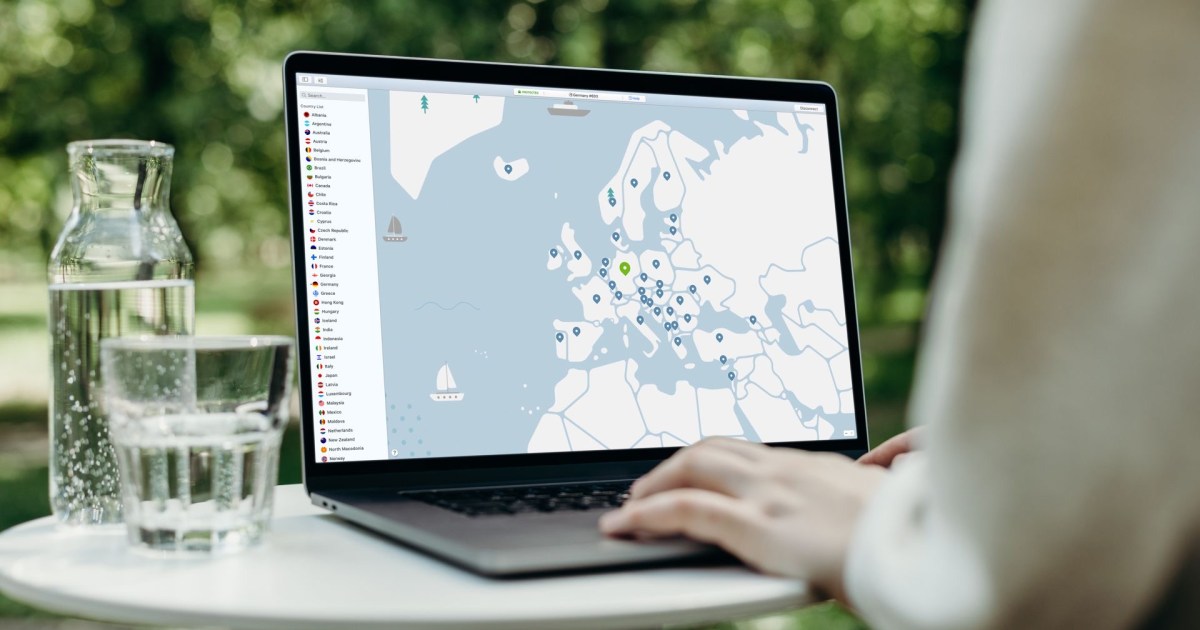It might have taken a while, and slumping sales of its most popular SUV, but Nissan has finally taken the step to offer hybrid vehicles in the U.S.
The Japanese automaker will add a plug-in-hybrid (PHEV) powertrain to the 2026 Rogue compact SUV, which should be available stateside sometime next year, Nissan Americas chief planning officer Ponz Pandikuthira told Automotive News.
A plug-in-hybrid electric vehicle (PHEV) typically runs on electric power until its battery is almost depleted, at which point it automatically switches over to use a gasonline-powered internal combustion engine. The battery can be recharged conventionally from the outside or through regenerative braking.
While Nissan has been offering popular fully electric vehicles (EVs), such as the Leaf and the Ariya for years, it has surprised many by not joining in the hybrid bandwagon, especially for the Rogue: Competitors such as the Toyota RAV4 and the Honda CR-V, which do provide the part-fuel, part-electric power capacity, have seen their sales surging. Meanwhile, sales of the Rogue have slumped this year.
That’s why Nissan is partnering with Mitsubishi to start offering its first-ever electrically assisted car in the U.S. next year.
According to the Automotive News report, the Rogue will be outfitted with a similar powertrain used in the Mitsubishi Outlander: In that model, a 2.4-liter gas engine powers the front wheels, while two electric motors create an all-wheel drive system that can either work on its own or in conjunction with the gas engine. As the Outlander is able to deliver 248 horsepower, that would make the Rogue PHEV more powerful than the existing model’s 201 horsepower. The Outlander is also rated for 38 miles of electric driving by the EPA.
Nissan is also planning to bring its non-plug-in, e-Power series hybrid technology in the U.S. in 2026. This technology, already available outside the U.S., also uses electric motors to power the wheels while using the gas engine to charge the battery.
How to watch Tesla’s robotaxi unveiling on Thursday

Tesla is holding a special event in California on Thursday that’s widely expected to focus on its highly anticipated robotaxi, dubbed the "Cybercab." It announced the event, called, "We, robot," in a post on X (formerly Twitter) on Wednesday.
https://twitter.com/Tesla/status/1843922599765590148
Read more
Waymo’s Hyundai robotaxi deal may steal the show from Tesla

Just days ahead of Tesla’s much anticipated robotaxi event on Thursday, Hyundai unveiled a partnership with Waymo that will add Hyundai’s Ioniq 5 to the fleet of the robotaxi operator.In the first phase of the partnership, Waymo will integrate its sixth-generation fully autonomous technology, called the Waymo Driver, into the all-electric Ioniq 5 SUV, which will be added to the Waymo One fleet over time.On-road testing with Waymo-enabled Ioniq 5s is due to start in late 2025 and become available to riders of the Waymo One robotaxi service the following year.Alphabet-owned Waymo currently operates the only functioning robotaxi service in the U.S., with a fleet of about 700 self-driving vehicles already on the road in Phoenix, Los Angeles and San Francisco. The service is also being tested in Austin, Texas.Last year, General Motors’ competing robotaxi service Cruise had to stop operations after one of its vehicles struck a pedestrian in San Francisco. Cruise’s GM vehicles are nonetheless expected to resume operations next year through a partnership with Uber.Driverless vehicles have stumbled on two main obstacles on the road to commercialization: The complexity of the technology and tight safety regulations.For now, Waymo’s existing footprint gives it a marked advantage over its competitors. Its sixth-generation technology is said to handle a wider array of weather conditions with fewer on-board cameras and sensors. In their joint statement, Waymo and Hyundai emphasized the proven safety of both the Waymo technology and the Ioniq 5. Waymo’s technology relies on pre-mapped roads, sensors, cameras, radar and lidar (a laser-light radar). It's an approach that might be very costly but has met the approval of safety regulators. All this adds pressure on Tesla to deliver the goods with the launch of its robotaxi -- expected to be called the Cybercab.Tesla’s ambition has been to eventually provide full driverless capacity directly to consumers. Tesla owners can already buy software called Full Self-Driving (FSD) that operates like an advanced driver assistance system and requires constant driver supervision.Tesla’s FSD relies on multiple onboard cameras to feed machine-learning models that, in turn, help the car make decisions based on what it sees.The technology, however, has not yet convinced all current and former traffic safety officials.
Read more
Tesla’s Elon Musk unveils the Cybercab robotaxi — and also the Robovan

Tesla boss Elon Musk has just taken the wraps off a prototype of the automaker’s long-awaited robotaxi.
Tesla’s CEO performed the unveiling at a special event at the Warner Bros Studios in Burbank, California, on Thursday night after being driven to the stage by the new autonomous vehicle. The "Cybercab," as Musk is calling it, sports a futuristic look and comes with butterfly doors that open upwards. The electric vehicle has ditched the steering wheel and pedals, and uses inductive charging instead of a plug. You can see the driverless Cybercab in action in the video below:
Read more




















 English (US) ·
English (US) ·